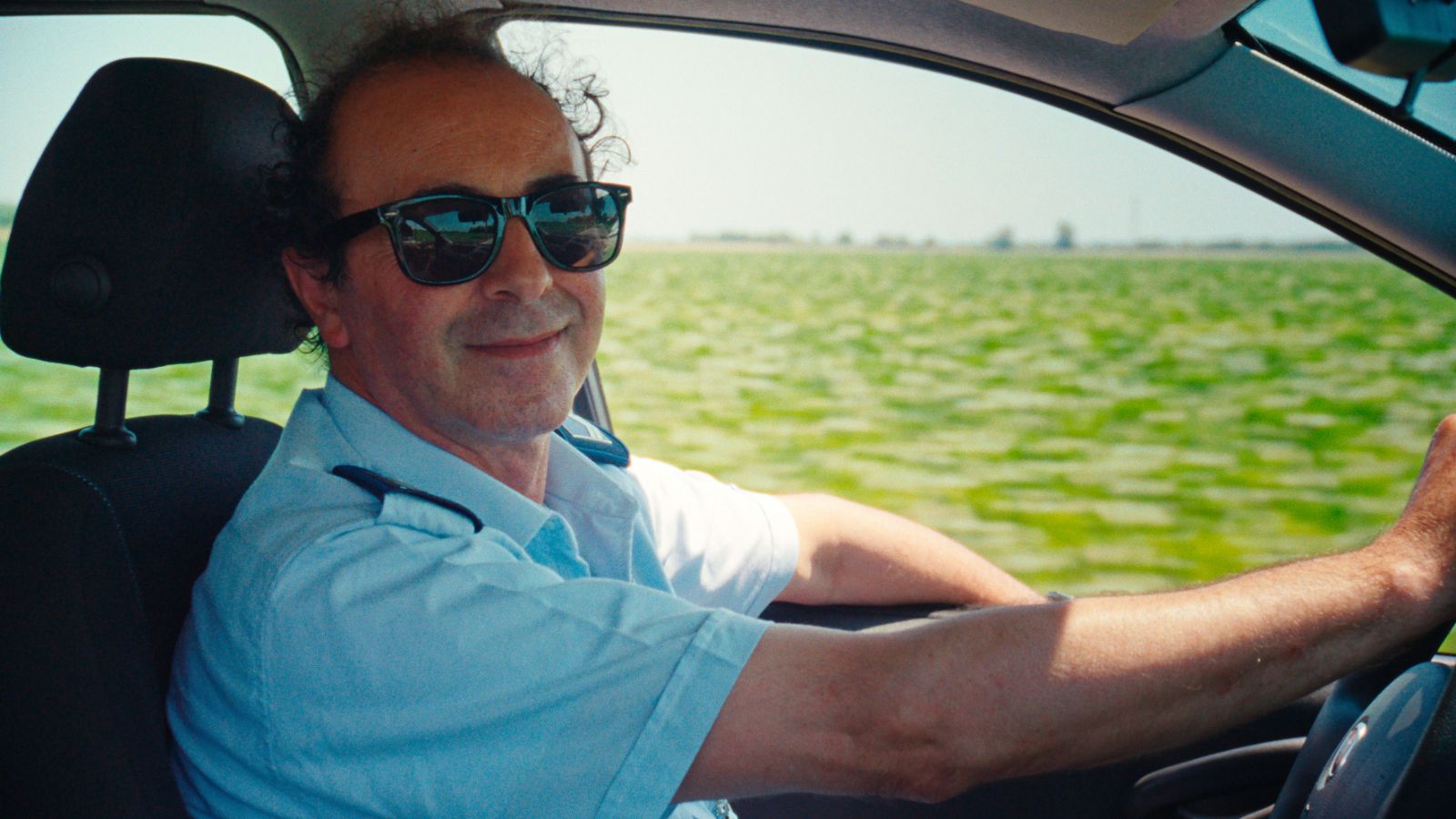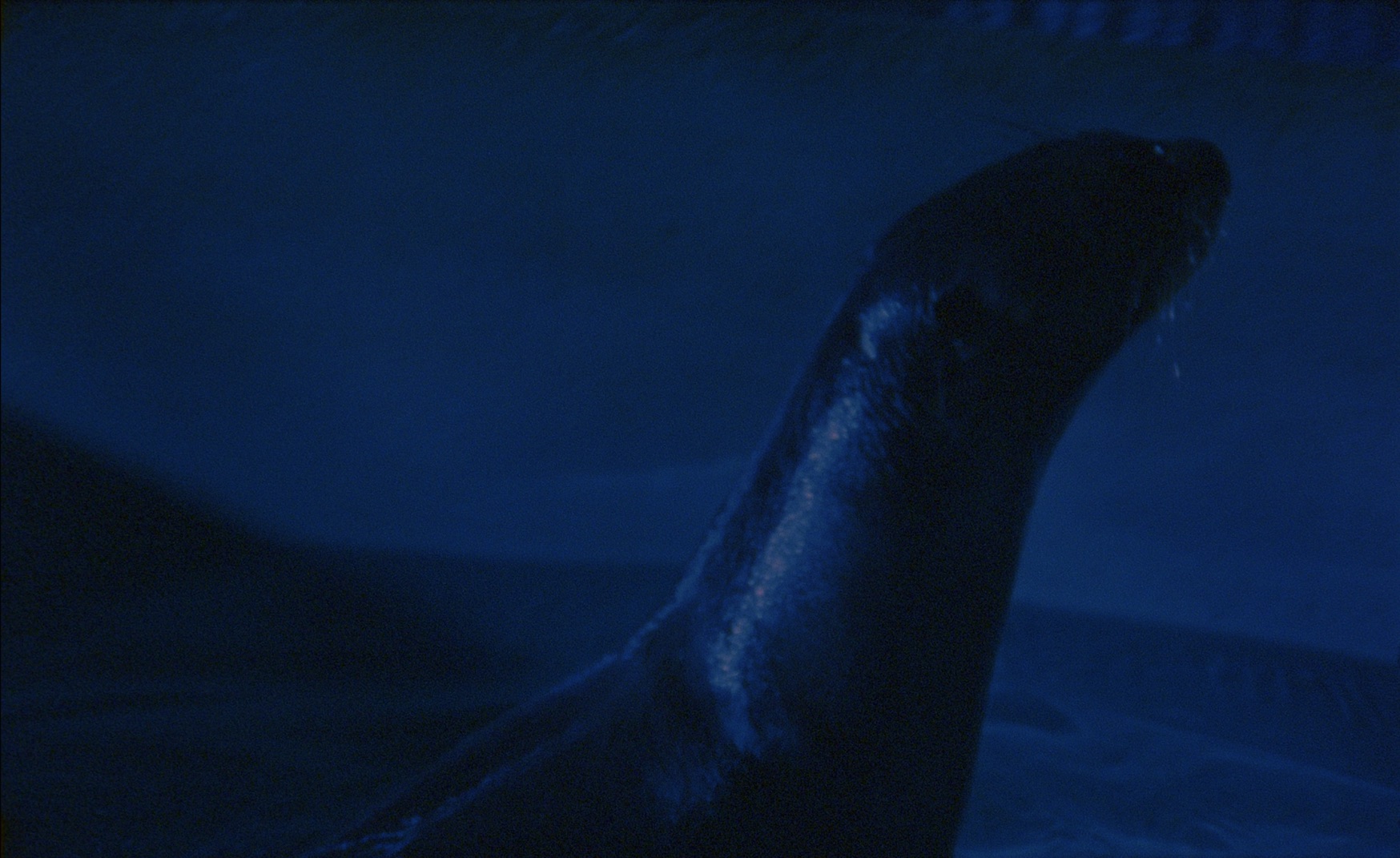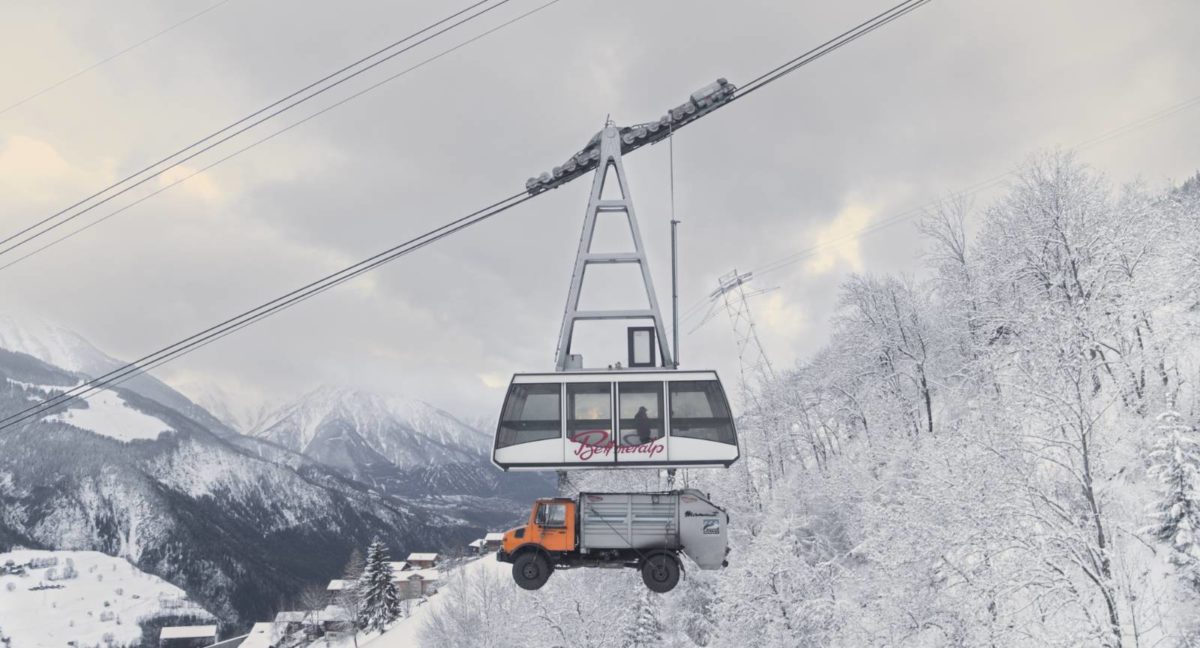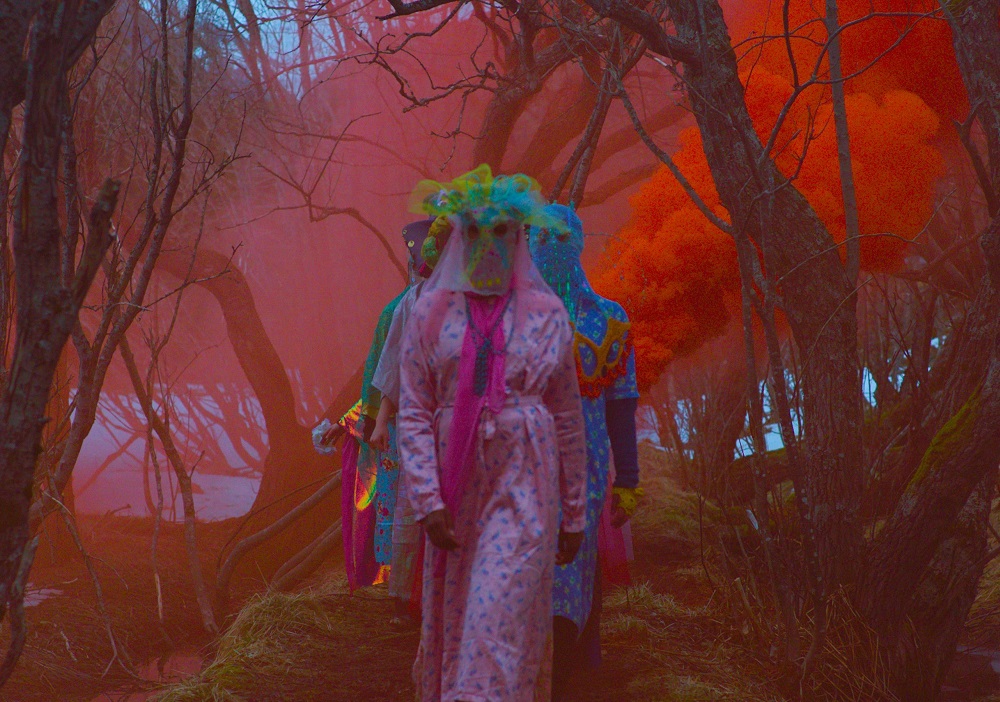Considering many films premiering at the Locarno Film Festival can take years to get a release here in the United States––should they get any at all––Locarno in Los Angeles has been a welcome addition to the festival scene. Now in its sixth edition, the series (curated by Jordan Cronk and Robert Koehler) highlights the best of Locarno over four days, and kicks off this Thursday at 2220 Arts + Archives. Find our recommendations for what to seek out this year below.
The Adventures of Gigi the Law (Alessandro Comodin)

In the heat of late summer, San Michele al Tagliamento is a humid emulsion of corn fields, cypress trees, and silent streets. Sitting along the border between Veneto and Friuli, in the northeast of Italy, it’s a rural town in which nothing ever happens, everyone knows each other, and the sun throws everything into a somnolent lockdown—the concrete blazing, the air liquid. Ostensibly a portrait of a man and his daily routine, Alessandro Comodin’s The Adventures of Gigi the Law is also a much larger canvas of the place he roams, a landscape teeming with intimations of sinister mysteries and wondrous revelations. What kicks off as a crime procedural swells into a kind of fairytale, and an anonymous stretch of countryside turns into a microcosm where desire and dread, fear and awe leak into one another. Gigi the Law brims with wide-eyed wonder, the same that’s frozen on its protagonist’s face. At its most lyrical it finds beauty within the tedium of small-town life; it’s this receptivity to poetry, this susceptibility to the epic banal, that turns Gigi the Law into a cumulatively poignant oddity. – Leonardo G. (review)
Astrakan (David Depesseville)

Astrakhan fur is unique: dark, beautiful, and stripped exclusively from newborn lambs, even ones killed in their mother’s womb. (Stella McCarthy once said it’s like wearing a fetus.) That ruthlessness—a sense of lost innocence; blood sacrifice—runs deep in Astrakan, a new film from France and one of the better in Locarno this year; and if that title isn’t enough to give pause, plenty else in the opening exchanges will. The first act is a procession of flags, both red and false: at the opening the protagonist, Samuel, lightly goads a snake in the reptile house of a zoo; moments later a rabbit is hung and skinned in his kitchen with all the ceremony of a boiled kettle; queasiest of all, an older lad is seen walking toward the house cradling berries in his shirt, just enough that the lip of his underwear and his midriff are left strikingly visible. – Rory O. (full review)
It Is Night in America (Ana Vaz)

The few people bobbing up in Ana Vaz’s It Is Night in America are anonymous ciphers, their faces scarcely (if at all) visible, protruding limbs or silhouettes pressed against the concrete. Night, Vaz’s first feature, is a caliginous foray into the animal world hidden in and around Brasilia, where humans take a backseat and the megacity stands as a skyscraper-infested jungle. The film’s protagonists are a pantheon of exiles: monkeys bolting across streets, cobras hiding in private gardens, capybaras resting on lawns, giant otters roaming water ducts. “Are animals invading our cities,” a voice wonders halfway through, “or are we occupying their habitat?” It’s a question that might as well double as a tagline, but Night has a way of stretching and expanding its focus, and its close-up portraits of the capital’s fauna swell into something else entirely. Gradually, the film becomes a story of an invasion—a study of Brazil’s rampant urbanization and the creatures it made homeless. It becomes a tale of two cities, of two kingdoms fighting in a zero-sum game. It becomes a Western. – Leonardo G. (full review)
Matter Out of Place (Nikolaus Geyrhalter)

“You can easily read contemporary history with these materials,” says a clean-up worker looking at a large pile of rotted materials in a garbage landfill. Nikolaus Geyrhalter’s Homo Sapiens depicted what may be left as evidence of our species. His latest documentary Matter Out of Place depicts the harmful, ugly ways in which evidence piles up. Geyrhalter’s process is often one of slow reveal, documenting layers of human waste and negligence. An opening shot of a pristine turquoise river between a beautiful snowcapped mountain range quickly cuts to the banks of that river littered with garbage, some of it slowly taken into the river itself by gentle waves.
Unlike the ironically titled Homo Sapiens, this movie does in fact show human beings. Here they try to manage with all their might the gargantuan problems they’ve created. People are specks or, at best, miniature figurines in the vast landscapes of mounds of trash and dirt. The camera consciously positions itself so as to render the trash unwieldy, out-of-control. The detritus is moved from one place to another using transportation, construction tools––every piece of heavy-lifting technology there is. It still seems too much. Geyrhalter aims to make it unmistakable that our problem with waste has outnumbered and conquered us, and like a kid shoving all his belongings under his bed when asked to clean his room, we’re trying everything to move the problem from sight. – Soham G.
Saturn Bowling (Patricia Mazuy)

Arnaud, the main character of Patricia Mazuy’s new drama, manages a bowling club his now-deceased father owned. He brings a woman to his place to have sex and then beats and murders her. But this guy isn’t a “Patrick Bateman type.” He’s not cold and calculated. He isn’t polished in any way and doesn’t analyze his own motives or habits. He doesn’t need to––everything is visually depicted on the surface. From the moment we see Arnaud he’s lumbering, angry, staring at women’s legs, and masturbating in the parking lot. He scans pictures of dead animals and mounted trophies in his father’s place. Death surrounds him, and so too it must be within him. Saturn Bowling is a movie that suggests violent compulsion in men is both natural and hereditary. Every time Arnaud, who reluctantly shares a name with his estranged dead father, does something evil or cruel he gives an expression as if he can’t help himself, as if this is a burden bestowed upon him by his dad, a big-game hunter in Africa.
The unfeeling and dark natures of the men in this film are juxtaposed by a side plot of environmentalists protesting big-game hunting. This comparison infiltrates the lives of both Arnaud, who cares for a German shepherd, and Guillaume, who begins to form a romantic relationship with an animal-rights activist named Xuan. Through these contradictions, director Patricia Mazuy attempts to get at the ways people, particularly men, justify alternating acts of violence and kindness, hate and love, and examines a reluctance to break the webs of power and influence between men from one generation to the next. – Soham G.
Sister, What Grows Where the Land is Sick? (Franciska Elliasen)

Hopping and skipping around like flipping through a scrapbook, Franciska Elliasen’s Sister, What Grows Where the Land is Sick? is a visually eclectic look at the relationship between two sisters. The movie, while narratively non-linear and mixing various compositional styles in lighting and color, still consists of familiar moments between siblings: the lies told to each other, the dreams shared, the dares to do stupid things but the encouragement to push boundaries. Both sisters navigate ideas of normality and uniqueness in a world that is itself struggling to find a balance between the two. “They just teach us to be machines, and fit into the grey circles of routine life,” Eira narrates through her sister Vera’s journal. She mentions a climate activist lighting themselves on fire in front of the Supreme Court––a moment that passed by so quickly, without any fanfare, and illustrates the common nonchalance not only towards the nature that surrounds us, but human life as well. Elliasen’s movie is a richly textured exploration of sibling bonds peppered with a dark lamentation on the state of humanity. – Soham G.
Locarno in Los Angeles 2023 takes place March 16-19 at 2220 Arts + Archives.
